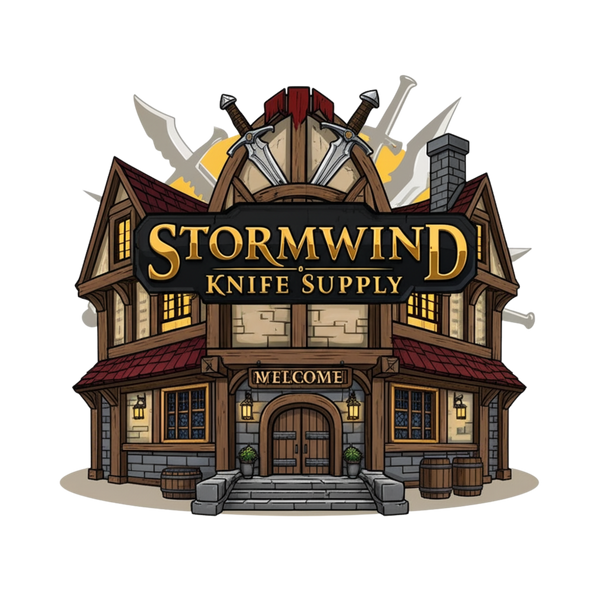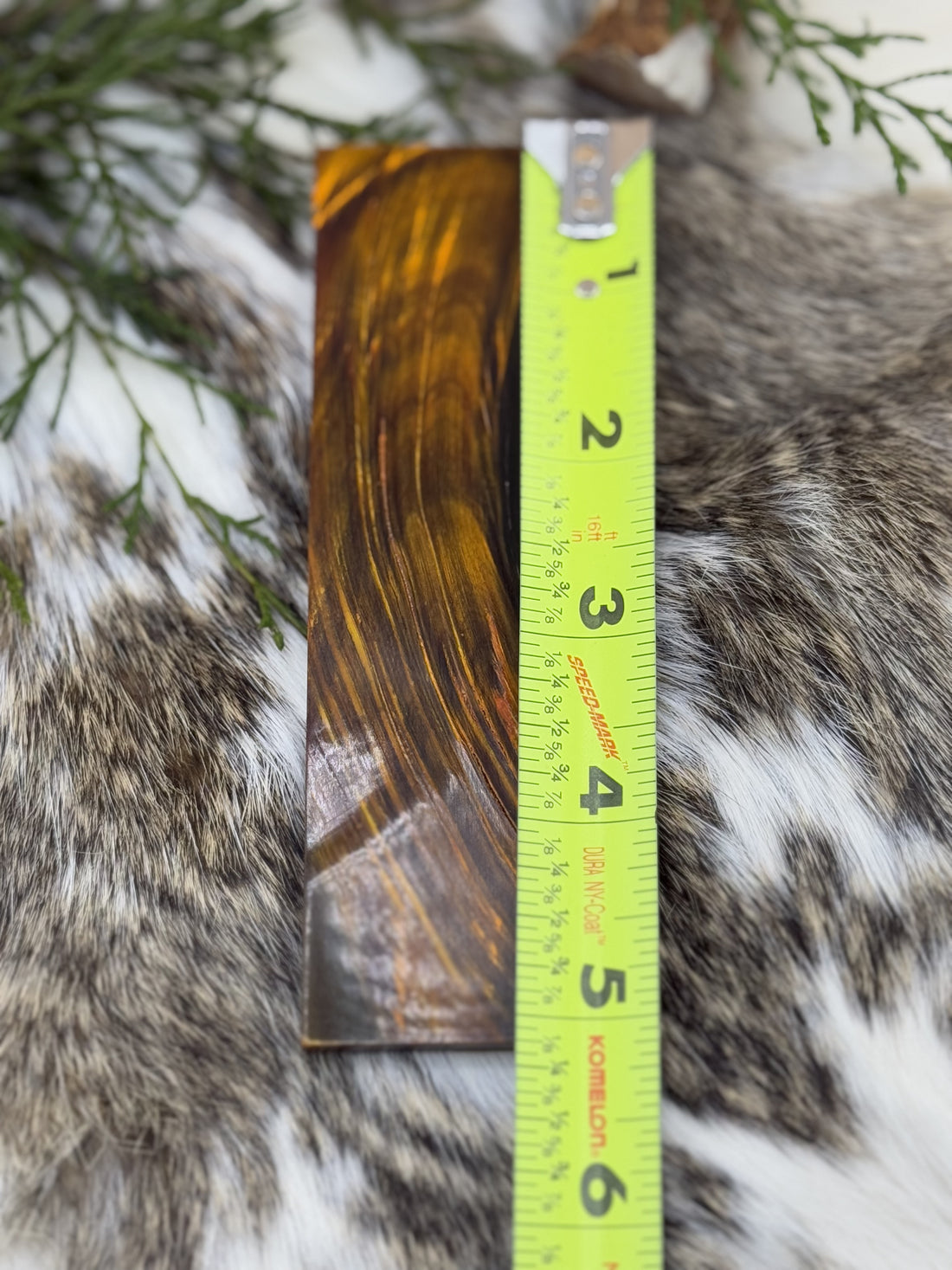Imagine preparing a meal, not with a dull kitchen knife but with a sharp and reliable blade, completing the task with ease and precision. This transformation in everyday experiences is powered by advances in custom blade crafting, where materials like 80CrV2 and W2 steels are reshaping expectations. In the world of knives, the steel used can make a significant difference, impacting everything from performance in the kitchen to survivability in the wild.
The crafting of a quality knife involves more than just cutting metal into shape. It integrates centuries-old craftsmanship with modern metallurgical science. The methods of forging and stock removal are at the core of this craft. Forging involves heating the steel and then hammering it into shape, which not only defines the form of the blade but also aligns its internal structure for enhanced strength. Stock removal, on the other hand, carves out the blade from raw steel without altering its internal structure significantly. 80CrV2 and W2 are two steel types that have become favorites among custom knife makers due to their unique properties.
80CrV2 steel, known for its exceptional toughness and edge retention, is ideal for blades that undergo heavy usage. Its chromium content provides a moderate resistance to corrosion, while vanadium gives the blade superior wear resistance, making it a popular choice for bushcraft and hunting knives. W2 steel, revered for its ability to form a razor-sharp edge, is highly appreciated in crafting knives where precision is critical, such as kitchen knives used for fine cutting tasks. However, it requires meticulous care due to its susceptibility to rust, rewarding careful maintenance with unmatched sharpness.
The excellence of a knife isn't just in the blade itself but in its balance, handle ergonomics, and the knife's overall design. A well-crafted handle ensures comfort and control, crucial for various applications, from preparing gourmet meals to field-dressing game. The balance of a knife affects its handling, making tasks easier and more efficient. Edge retention, a critical aspect of knife performance, dictates how long a knife remains sharp, reducing the frequency of sharpening.
When choosing a knife, whether for the kitchen, survival, hunting, or tactical use, it's imperative to consider the knife's intended purpose. Each type requires different qualities. For instance, a chef's knife must have precision and a comfortable grip, whereas a survival knife demands robustness and versatility. Understanding these nuances helps in selecting the right blade for the task, ensuring that the knife not only meets but exceeds expectations.
Proper maintenance extends the life of a knife significantly. Regular cleaning, careful handling, and using the correct sharpening tools maintain the blade’s integrity and performance. Knife safety is paramount; proper storage and mindful use prevent injury and prolong the knife's usability.
A knowledgeable purchase begins with an understanding of what constitutes a good knife. Avoid common mistakes like choosing based solely on price or aesthetics. Look for quality, reputable craftsmanship, and the specific characteristics that suit your needs. Authentic custom-made knives often surpass mass-produced alternatives in performance and durability. Explore collections from trusted artisans or brands that specialize in blade crafting.
Embark on your journey to owning premium knives by exploring our curated collection. Transform your cutting experience with blades crafted from 80CrV2 and W2 steels, trusted by professionals and enthusiasts alike. Visit our store today and discover knives that are not just tools, but companions in your daily adventures. Feel free to leave a comment, share your experiences, or ask questions. Your perfect knife awaits; find it with us.

